Know what a “shrub” is? No, not that kind of shrub! The drink, silly!
A shrub: [according to wikipedia] popular during America’s colonial era, was made by mixing a vinegary syrup with spirits, water, or carbonated water. The term “shrub” can also be applied to the sweetened vinegar-based syrup, from which the cocktail is made; the syrup is also known as “drinking vinegar.” Drinking vinegar is often infused with fruit juice, herbs and spices for use in mixed drinks.
Since I like sparkling wine (or Champagne) in almost anything, I knew I’d like this drink. And it was so very festive for Thanksgiving. Everyone who tried it, liked it. I liked it so much I had a second one (but then I didn’t have any wine with dinner).
When I went to wikipedia to look up the origin of the shrub, I read through it all. Very interesting. Here I’ve copied some of it, in case you’re interested in the history (underlining inserted by me):
The early English version of the shrub arose from the medicinal cordials of the 15th century. The drink gained popularity among smugglers in the 1680s trying to avoid paying import taxes for goods shipped from mainland Europe: To avoid detection, smugglers would sometimes sink barrels of spirits off-shore to be retrieved later; the addition of fruit flavors aided in masking the taste of alcohol fouled by sea water. As a mixture of fruit and alcohol, the shrub is related to the punch, however punches were normally served immediately after mixing the ingredients, whereas shrubs tended to have a higher concentration of flavor and sugar and could be stored for later use, much like a pre-made drink mixer. The shrub was itself a common ingredient in punches, either on its own or as a simple mix with brandy or rum. It was also served during the Christmas season mixed with raisins, honey, lemon, sherry, rum and other spirits. The shrub was sold in most public houses throughout England in the 17th and 18th centuries, although the drink fell out of fashion by the late 1800s.
The American version of the shrub has its origins in 17th century England where vinegar was used as an alternative to citrus juices in the preservation of berries and other fruits for the off-season. Fruit preserves made in this fashion were themselves known as shrubs and the practice carried over to colonial America. By the 19th century, typical American recipes for shrubs used vinegar poured over fruit—traditionally berries—which was left to infuse anywhere from overnight up to several days; afterward the fruit would be strained out and the remaining liquid would be mixed with a sweetener such as sugar or honey and then reduced to make a syrup. The sweet-and-sour syrup could be mixed with either water or soda water and served as a soft drink, or it could be used as a mixer in alcoholic cocktails. Shrubs eventually fell out of popularity with the advent of home refrigeration.
The serving of vinegar-based shrub drinks became popular again in 2011 and 2012 in American restaurants and bars. The trend has also been noted in bars in Canada as well as London. The acidity of the shrub makes it well suited as an apéritif or used as an alternative to bitters in cocktails. Unlike cocktails acidulated with citrus, vinegar-based drinks will remain clear when shaken.
Recently I visited a cute little shop in my area called The Mixing Glass. It’s a tiny footprint of a 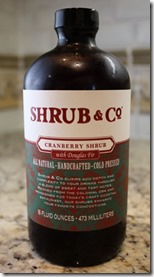 store that carries a variety of more unusual alcohol types, drinking paraphernalia (nice gifts) and some mixes. I paused in the store to look around and I spotted this bottle (along with several other flavors, see above photo from their website) of a shrub mix. This one is a cranberry, but the small Berkeley-based company, Shrub & Co. makes a variety of flavors. Just click on the link and you can read all about them, and peruse their recipes. And read about where you can buy this in your area.
store that carries a variety of more unusual alcohol types, drinking paraphernalia (nice gifts) and some mixes. I paused in the store to look around and I spotted this bottle (along with several other flavors, see above photo from their website) of a shrub mix. This one is a cranberry, but the small Berkeley-based company, Shrub & Co. makes a variety of flavors. Just click on the link and you can read all about them, and peruse their recipes. And read about where you can buy this in your area.
There were 12 people at our Thanksgiving dinner, and I think about 8 of them had at least one glass of this. Because the cranberry shrub mix is almost like bitters, but not as concentrated, you must add sugar, so the drink recipe below (provided to me by the shop owner) uses simple syrup. I bought Gloria Ferrer sparkling wine, which is a bit on the tart side anyway, so the drink wasn’t all that sweet. It was sweet, but not so much that people would be turned off by it. This recipe below isn’t on the company’s website, so I can’t give credit unless the store owner at The Mixing Glass came up with it herself. In any case, it’s really lovely.
The cranberry elixir also has Douglas fir in it. None of us could taste the fir or find the scent of it at all. But then, the drink recipe adds a sprig of rosemary to each glass, so perhaps it overwhelmed the Douglas fir. In any case, the drink was a success.
What’s GOOD: if you have the simple syrup made up ahead, chilled, and the bottle of shrub mix chilled, the drink will be nice and cold when you serve pour in the chilled sparkling wine. It’s a lovely, refreshing drink. Not too sweet, and not too tart. Perfect, we all thought. My daughter-in-law, Karen, asked me if I’d bring it to Christmas Eve at their house. So, I will, by all means! The drink uses very little of the cranberry mix (1/2 ounce per glass) so I have a LOT of it left. The mix would make a nice gift.
What’s NOT: only that you’ll likely have the bottle around for a long while – you don’t use much of it in each drink – and it must be kept refrigerated after opening. Fortunately I have a refrigerator in the garage, and that’s where it will stay until Christmas. I don’t know how long the shrub mix will keep – it doesn’t say – maybe forever. Don’t know. Oh, and I forgot to mention – the mix was $22.99.
printer-friendly CutePDF
Files: MasterCook 5+ and Master Cook 14 (click on link to open recipe in MC)
Cranberry Shrub with Sparkling Wine
Recipe By: From the owner of The Mixing Glass, Costa Mesa, CA
Serving Size: 1
1/2 ounce Shrub & Co. cranberry shrub mix
1/4 ounce simple syrup
5 ounces sparkling wine — on the dry side, rather than sweet
a sprig of fresh rosemary
1. Prepare simple syrup based on how many servings you’ll want to have available. Chill. [Simple Syrup: 1 cup sugar to 1 cup water – pour into jar with a good tight screw-top, shake vigorously and chill. It is not necessary to boil the simple syrup.]
2. Chill the sparkling wine and the Shrub & Co. cranberry elixir.
3. Into a champagne flute pour the cranberry mixture, then the simple syrup. Add sparkling wine, and a sprig of rosemary. Serve immediately.
Notes: The sweetness of this drink will depend on how sweet the sparkling wine is. The rosemary seems to create some kind of crazy foaming action with the sparkling wine, so add the wine very slowly – much slower than you would usually do with any sparkling wine to a champagne flute. If you add the sparkling wine first, then submerge the rosemary sprig, it will foam up immediately. Don’t say I didn’t warn you!





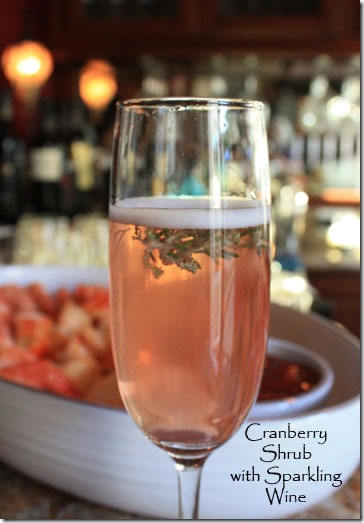






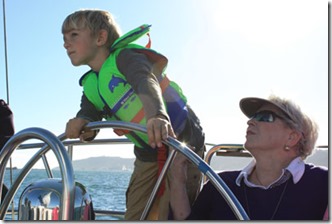


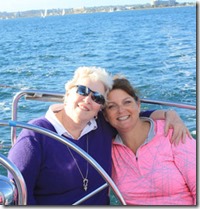
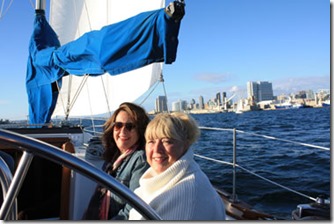


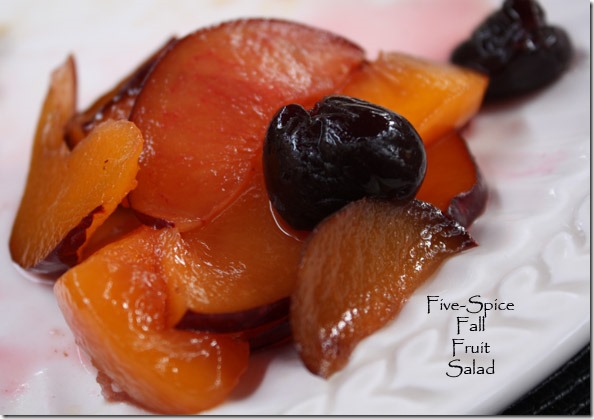



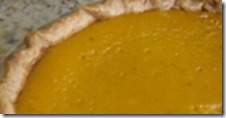
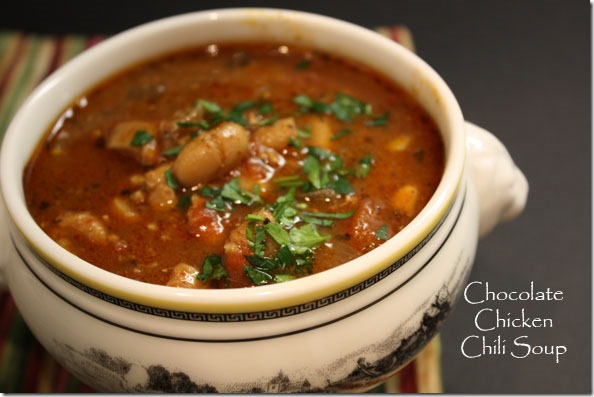
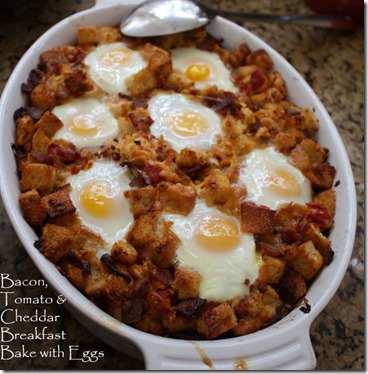
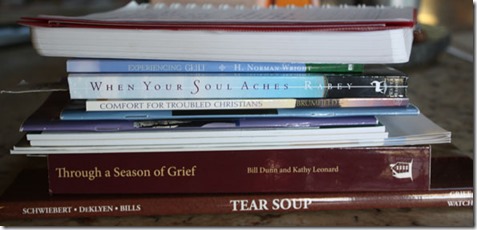

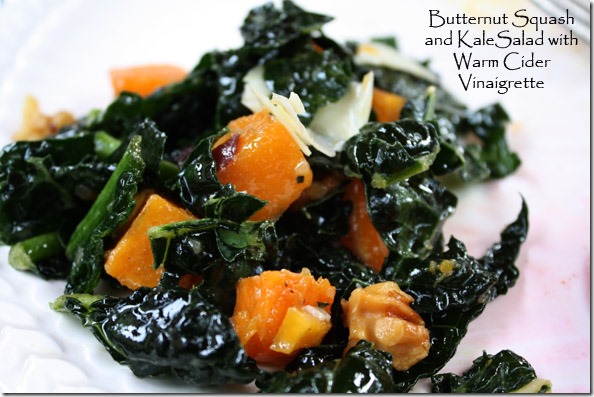
Leave a Comment!